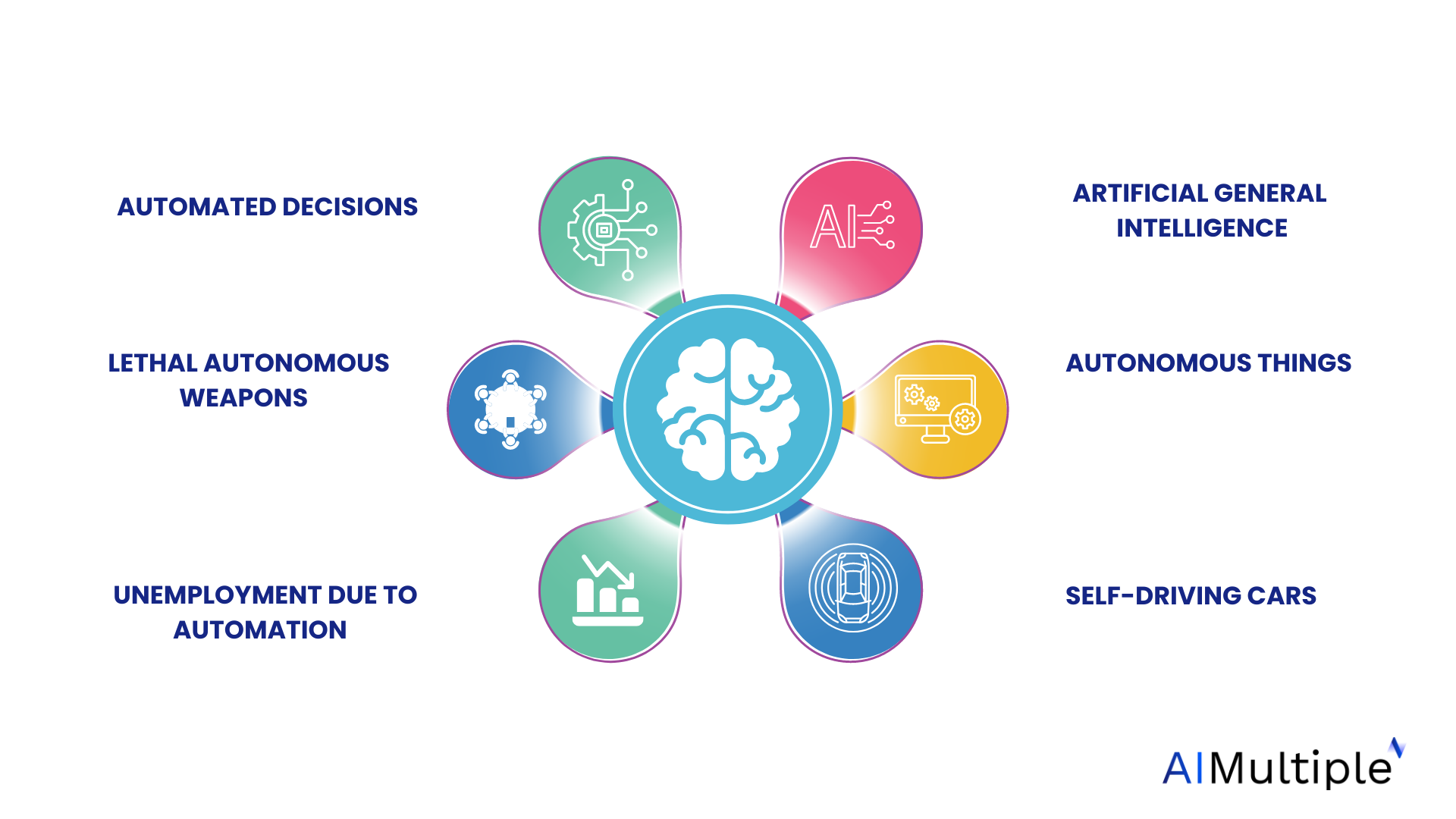Vector stock downloader tools provide users with easy access to a variety of vector graphics, essential for design projects. However, the use of these tools comes with significant legal considerations, primarily surrounding copyright laws. Understanding the implications is crucial for designers, businesses, and anyone utilizing these resources to avoid legal issues.
Understanding Vector Stock Downloader Tools

Vector stock downloader tools are applications that allow users to download and use vector graphics from various online libraries. These tools often streamline the process of acquiring design assets, making it simple for graphic designers, marketers, and content creators to access beautiful and professional-quality imagery.
However, while these tools may seem convenient, users must comprehend the licensing agreements associated with the graphics they download. Different platforms have distinct licensing options, ranging from free use under certain conditions to paid licenses that grant more extensive rights. It is crucial for users to read and understand these licenses to determine what is permissible—such as whether modifications are allowed or if attribution is required.
Additionally, some downloader tools may infringe on copyright laws if they allow users to access and download content that is not legally available for distribution. This could expose users to legal action from copyright holders, leading to potential fines or legal disputes. Therefore, knowing the boundaries and legal frameworks governing vector graphics is essential for responsible use of these tools.
Copyright Laws and Vector Graphics

Copyright laws are fundamental in protecting the intellectual property rights of creators, including the designers of vector graphics. When using vector stock downloader tools, it is imperative to recognize that most graphics are subject to copyright as soon as they are created. This means that unless a graphic is explicitly labeled for free use, downloading and using it without permission can result in copyright infringement.
In the U.S. and many other countries, copyright law grants the creator exclusive rights to reproduce, distribute, and display their work. Consequently, infringing these rights can lead to legal repercussions, including cease-and-desist orders or lawsuits. Furthermore, users should be aware that issues like fair use may not apply in the commercial context, making it even more critical to secure proper licensing for commercial projects.
By understanding copyright laws and adhering to licensing agreements, users can enjoy the benefits of vector stock downloader tools without the risk of legal complications, fostering a respectful and lawful creative environment.
Fair Use vs Copyright Infringement

When it comes to using vector graphics, understanding the difference between fair use and copyright infringement is crucial for anyone who wants to navigate the legal landscape of digital content effectively. So, what do these terms really mean?
Fair use is a legal doctrine that allows limited use of copyrighted material without requiring permission from the rights holders. Typically, it applies in specific contexts, such as:
- Criticism and commentary: If you’re analyzing a piece of art or discussing aesthetic qualities, you might use a vector graphic as a reference.
- Education: Utilizing graphics in a classroom setting can fall under fair use, provided it serves educational purposes.
- News reporting: If you’re writing about an event and need a graphic to illustrate your point, this could be covered under fair use.
On the flip side, copyright infringement occurs when you use a copyrighted work without permission and not for a qualifying fair use reason. This can lead to significant legal consequences, including fines and removal of content.
To ensure that you’re not crossing any lines, it’s essential to understand the four factors that determine fair use:
- Purpose and character of the use: Is it commercial or educational?
- Nature of the copyrighted work: Is the work factual or creative?
- Amount and substantiality: How much of the work are you using?
- Effect on the market: Does your use affect sales of the original work?
Ultimately, the interpretation of fair use can be subjective and varies by case, so when in doubt, consulting a legal professional is wise!
Licensing Agreements for Vector Graphics
When you decide to use vector graphics, particularly from stock downloader tools, it’s essential to understand licensing agreements. These agreements define how you can legally use the graphics and protect the rights of the creators.
There are several types of licenses you might encounter, and each comes with its own set of permissions and restrictions. Here’s a breakdown:
| License Type | Allowed Uses | Restrictions |
|---|---|---|
| Royalty-Free | Commercial and personal use, often unlimited downloads | May not redistribute or sell the graphics as-is |
| Rights Managed | Use in paid projects or specific purposes | Limited to a specific time or region, requires additional fees for extended use |
| Creative Commons | Varies—some allow commercial use, others do not | Must attribute the creator, and some may prohibit modifications |
Before downloading or using any vector graphic, always check the licensing terms. Not only does this help you avoid potential legal issues, but it also shows respect for the creators’ rights. Remember, even if a graphic seems free to download, the conditions may be more complex than they appear!
Consequences of Illegal Downloading
When it comes to downloading vector stock images illegally, the consequences can be serious and far-reaching. Many people may think that downloading resources without proper licensing is a harmless act, but the reality is quite different. Here are some key consequences you should be aware of:
- Legal Ramifications: The most significant risk is facing legal action. Copyright infringement can lead to lawsuits, penalties, and hefty fines. Copyright holders have the right to protect their work and may take action against unauthorized use.
- Financial Penalties: If you’re caught using vector files without proper licenses, you may be liable for damages. This could mean paying actual damages, which can be steep, or statutory damages, which vary but can be substantial.
- Loss of Reputation: Illegal downloading can tarnish your professional reputation. If clients or partners discover that you’re using unlicensed materials, it can lead to loss of trust and future business opportunities.
- Account Suspension: Many vector stock sites monitor downloads. If they identify abuse, they may suspend your account, cutting off your access to essential resources needed for your projects.
In summary, while the temptation to use free resources can be strong, the risks associated with illegal downloading are significant and can have long-lasting effects on your career and finances. Always consider the legal implications before clicking that download button!
Best Practices for Using Vector Stock Resources
To make the most of vector stock resources while staying on the right side of the law, it’s essential to follow best practices. Here are some tips to ensure you’re using these tools legally and effectively:
- Understand Licensing Agreements: Before downloading or using a vector graphic, familiarize yourself with its licensing terms. Some may allow personal use only, while others may include commercial rights.
- Use Reputable Sources: Stick to well-known vector stock sites that offer legitimate resources. Websites like Adobe Stock, Shutterstock, and Freepik provide clear licensing and usage rights.
- Keep Records: Maintain documentation of your purchases or downloads, including invoices and licenses. This can protect you in case any questions arise in the future.
- Attribution: If a graphic requires attribution, always give proper credit to the creator. Follow the attribution guidelines provided by the source to ensure compliance.
By adhering to these best practices, you not only protect yourself legally but also support creators in the industry. Remember, respecting intellectual property is not just about compliance; it’s about fostering a culture of creativity and innovation!
Choosing Legitimate Vector Stock Services
When it comes to downloading vector graphics, the quality and legality of your stock service can make a significant difference. Choosing a legitimate vector stock service not only ensures you get high-quality designs, but it also protects you from potential legal challenges down the road. Here are some key points to consider when making your selection:
- Reputation: Look for services that are well-known in the industry. Read reviews and check ratings to gauge the reliability of the platform.
- Licensing Transparency: A good vector stock service will clearly explain its licensing agreements. Ensure you understand what you can and cannot do with the downloaded graphics.
- Customer Support: Opt for services that offer responsive customer support. In case of legal queries or issues, having access to a knowledgeable team can be invaluable.
- Variety of Assets: Select platforms that offer a wide range of vectors, textures, and graphics. This variety not only enhances your creative options but often reduces the need for multiple subscriptions.
- Download Flexibility: Check if the service allows various download options such as different formats (AI, SVG, EPS) and sizes.
In summary, investing time in finding a reputable vector stock service can save you from potential legal woes and enhance your creative projects with high-quality assets. Always prioritize platforms that prioritize their users and offer clear, straightforward licensing information. Your designs deserve nothing less!
Case Studies on Legal Issues with Vector Downloads
Understanding the legal implications of using vector stock downloads is crucial, and case studies often provide valuable insights. Here are a couple of notable examples that illustrate what can go wrong:
Case Study 1: The Unauthorized Use Saga
In one instance, a small business downloaded a set of vector graphics from a site that offered “free” resources. Unbeknownst to them, these graphics were copyright-protected. When the original creator discovered the unauthorized use, they pursued legal action, resulting in a settlement that cost the business several thousand dollars. This case reinforces the importance of verifying the licensing status of any downloaded material.
Case Study 2: The Royalty Free Confusion
Another example involves a graphic designer who assumed that because the vectors were labeled “royalty-free,” they could be used for any purpose. The designer ended up using them on merchandise they sold online. However, the original creator claimed that the vector had restrictions on commercial use. The designer faced legal action, showcasing how misinterpretations of licensing can lead to expensive consequences.
These cases highlight the need to thoroughly understand licensing agreements associated with vector downloads. Being informed can prevent such legal disputes and protect your business or creative endeavors.
Future Trends in Vector Stock and Legal Regulations
As technology advances, the landscape of vector stock resources and the accompanying legal frameworks are evolving at a rapid pace. It’s essential to keep an eye on these changes, as they can significantly impact creators, businesses, and users of vector stock downloader tools.
Here are some key trends to watch:
- Increased Regulation: As copyright issues become more prominent, we may see stricter regulations on how vector graphics are created, shared, and downloaded. Regulatory bodies might introduce more precise definitions around what constitutes fair use, especially in commercial applications.
- Blockchain Technology: The introduction of blockchain for art and media could revolutionize how vector stocks are licensed. This decentralized method could make ownership verification and royalty distribution more transparent.
- Subscription Models: Many vector stock platforms are already shifting towards subscription-based access. This trend may continue as businesses and freelancers seek more flexible, affordable access to high-quality vectors without the pitfalls of traditional licensing.
- AI and Automation: With AI generating vector graphics and automating the design process, the legal implications of using AI-generated content are still largely undefined. How that content is treated under copyright laws will be a critical issue moving forward.
- Greater Emphasis on Ethical Practices: As awareness of ethical considerations rises, companies will increasingly focus on ensuring their sources are legitimate and fair. This shift will likely reflect in their branding and marketing strategies.
Staying informed about these trends is not just smart; it’s necessary for anyone involved in the design and creative industries. Understanding these future directions will help you navigate the complexities of using vector stock downloader tools responsibly and legally.
Conclusion and Key Takeaways
As we’ve explored throughout this blog, the use of vector stock downloader tools can offer exciting possibilities for creativity and design, but it comes with a set of legal responsibilities that cannot be ignored. Let’s recap some of the crucial points:
- Understand Licensing: Always review the licensing agreements of the vector stock files. A misstep can lead to infringement claims or hefty fines.
- Be Wary of Fair Use: Relying on fair use can be a slippery slope; when in doubt, it’s better to seek permission or choose stock with clear licensing.
- Stay Updated on Regulations: The legal landscape around vector graphics is constantly changing, especially with technology advances. Regularly inform yourself about any new regulations.
- Get Creative with Attribution: If using free resources, ensure proper attribution is given when required. It’s not only legal but also ethical.
- Consider Legal Advice: If your projects involve substantial use of vector graphics, consult a legal expert. They can provide valuable insights tailored to your specific needs.
By considering these key takeaways and remaining vigilant about the legal side of downloading and using vector stock, creators can capitalize on the benefits while minimizing risks. The creative world should inspire innovation, and understanding these legal implications is a big step toward that goal.

